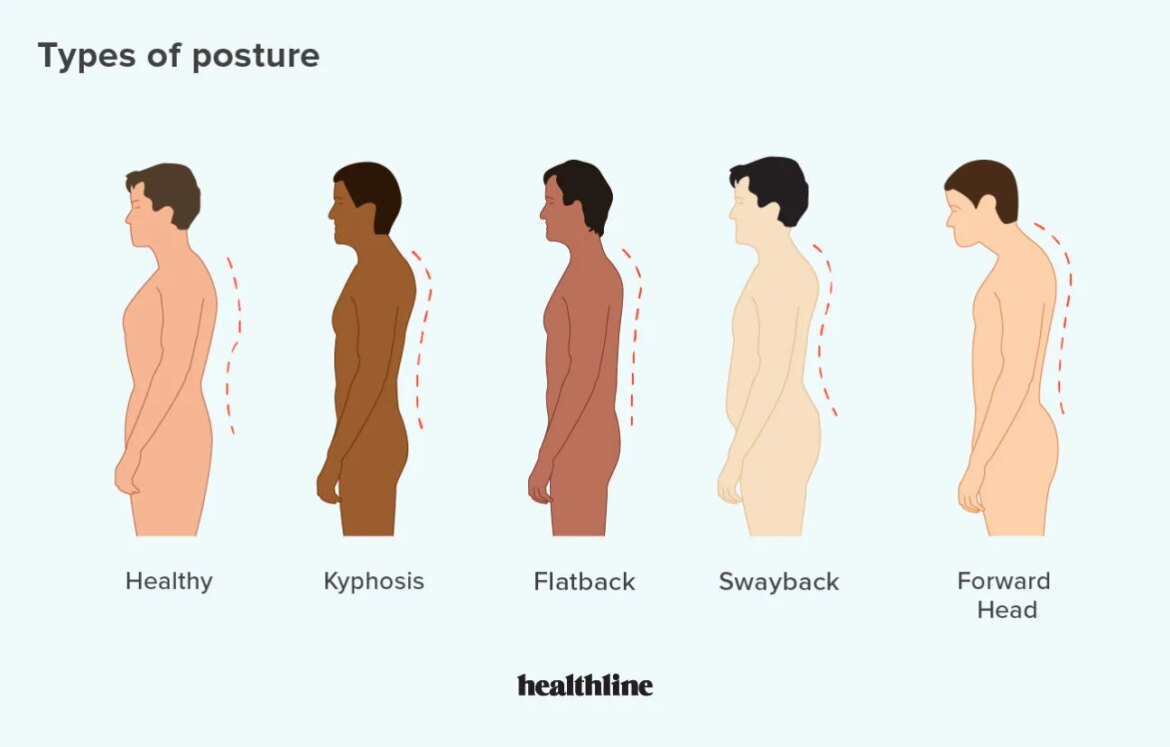A good posture is the result of the musculoskeletal balance. The human skeleton is made to support the muscles, which in turn hold up the body. When these systems are in alignment, they work together efficiently. Good posture helps you move more easily and decreases wear-and-tear on your joints. It also can prevent back pain and other problems associated with incorrect alignment.
The ideal posture places minimal stress on our bones and muscles while maximizing our ability to breathe deeply and evenly. Unfortunately, many of us spend hours each day sitting in positions that do not support optimal alignment such as at a desk hunched over a keyboard or looking down at a cellphone screen. Over time, these poor postural habits can lead to muscle imbalances and pain.
There are four main types of posture: standing, sitting, lying down, and moving. Each position puts different demands on our bodies. For example, when we stand, gravity pulls downward on our skeletal structure creating what is known as “postural pressure” or the force exerted by gravity upon our bodies while in an upright position against the ground (1). To offset this pressure and maintain balance, our muscles contract slightly resulting in what we call “muscular tone” (2). If we did not have muscular tone, we would simply collapse under the force of gravity like a rag doll! While some amount of postural pressure is necessary for us to remain upright against gravity’s pull, too much pressure can cause problems such as pain or joint damage over time (3). This is why it is important to find ways to minimize postural pressure throughout the day whether that means taking frequent breaks from sitting or using ergonomic furniture that supports proper alignment.
Sitting puts even more pressure on our spines than standing does due to the fact that we are often slouching forward when seated which rounds out the natural curve of our backs (4). This rounded position puts extra strain on the discs between our vertebrae as well as on the ligaments and muscles that support our spine leading to both short-term discomfort such as neck pain or headaches as well long-term issues such as herniated discs (5). To avoid these problems it is important to sit up tall with a straight back whenever possible and take regular breaks to walk around or stretch your body. Additionally, ergonomic chairs that support proper lumbar curvature are helpful for those who sit for prolonged periods of time throughout the day.
Lying down flat on one’s back allows for all of the spinal structures including discs, ligaments, facet joints and muscles to fully relax thereby minimizing postural pressures (6). Although sleeping on your back may not be comfortable for everyone due to snoring or sleep apnea concerns (7), if you are able try placing a pillow underneath your knees for added lower back support which can help reduce any unwanted morning stiffness or pain upon waking up (8). People who experience chronic low back pain may also find relief by sleeping on their stomachs with a pillow placed underneath their hips(9). Just be sure not change positions frequently throughout the night as this can disrupt deep sleep cycles needed for restorative repair processes within our bodies (10).
Moving about throughout space requires coordinated effort from multiple muscle groups in order keep us balanced while avoiding injury (11) . Walking is considered a low impact form of exercise that has many benefits including improving cardiovascular health , bone density , joint mobility , mental well being , digestion and more(12)(13)(14)(15) . Regardless of how active you are during other parts of day though , it’s important break up long periods sedentary behavior by getting up move every 30 minutes or so(16) . Too much static load placed one area without adequate counterbalance from movement leads compensatory changes within joints , muscles , tendons connective tissue which eventually results symptoms like fatigue soreness stiffness(17) . Taking mini walking breaks every 20-30 minutes couple with simple stretching exercises performed 2-3 times daily help maintain healthy musculoskeletal function reduce risk developing impairments later life(18)(19)


